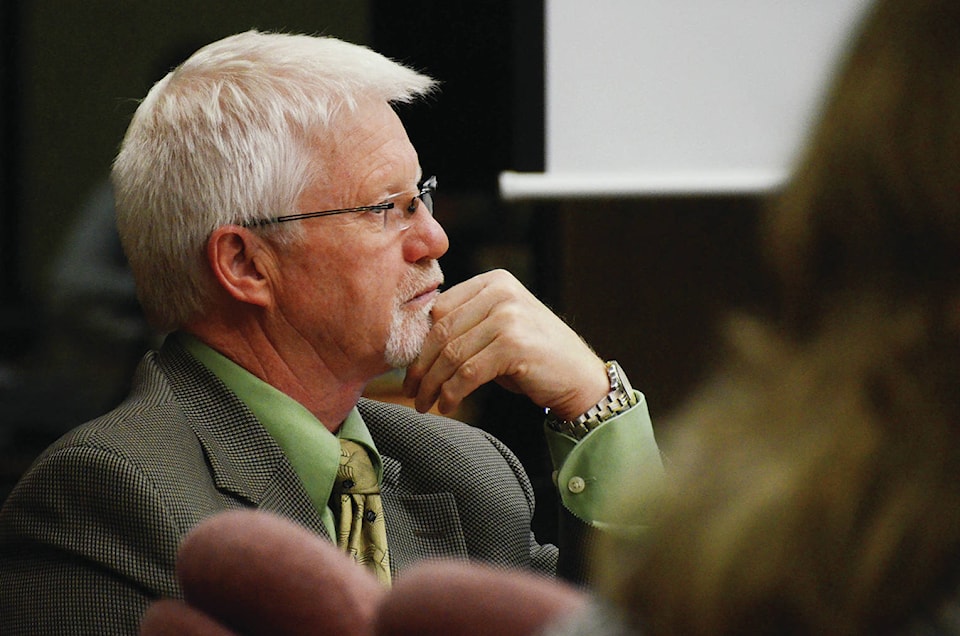With strategic planning sessions coming up for the Campbell River School District, the Superintendent’s Report will be an important tool in identifying both strengths and weaknesses that need to be addressed in the coming years for the district.
The report, presented by the Superintendent to the school board annually, is an amalgamation of data collected from literacy assessments, classroom assessments and report cards.
Some areas to celebrate include continued increases in the number of students graduating as well as increased numbers of indigenous students choosing academic stream English and math courses. Longridge said that students report an increased sense of safety and the district is better prepared for emergencies after the implementing Hour Zero, an online training emergency preparedness and crisis management program for schools.
One thing the district has been focusing on is meeting literacy requirements.
Prior to moving on to high school, students should be fully meeting reading, writing and oral literacy expectations, said Superintendant Tom Longridge.
“We see a trend improving in that area but we are a little concerned about the Grade 7 writing and reading so we will certainly focus on that to make sure we improve that before kids go into Grade 9, because we think it is fundamental in their high school success,” Longridge said.
However, there is an increase in students achieving a C or better at the end of Grade 8.
Longridge said that another important indicator in the success of students is the six-year completion rate which goes hand in hand with the graduation rate. Since the 2011/12 school year the number has fluctuated between 97 and 99 per cent of students graduating, higher than the provincial average of 94-96 per cent.
However, of students that started high school in the 2010/2011 school year, only 54 per cent of aboriginal students, and 83 per cent of all students completed Grade 12 in the 2015/16 school year.
“We would like to improve that,” Longridge said.
The gap between aboriginal student success and non-aboriginal student success seems to remain constant even when results increase overall, Longridge added. He said that it is a province-wide trend and that the district needs to be addressing this gap.
“We can’t be responsible for everything that happens within the life experience of a learner, but you try to be informed and you try to use the data you have in order to determine what you have to focus on,” he said.
Another province-wide trend is the gap between the success rate of male and female students. In the 2015/16 school year 78 per cent of aboriginal female students completed Grade 12 compared to 54 per cent of male students and 86 per cent on non-aboriginal female students finished Grade 12 compared to 81 per cent of male students.
This is another gap that the school district is looking to close.
The district isn’t just looking at the big data. They look at individual students and what each student needs for their learning as they move forward.
One of the big improvements for the district as a whole is the data collection and analysis, Longridge said. The data will allow strategic planning to address areas that are weak and continue to support areas of improvement.
